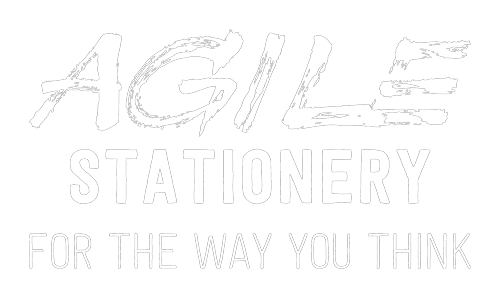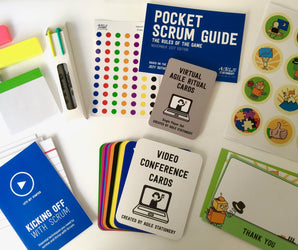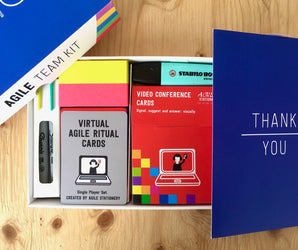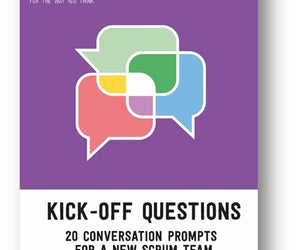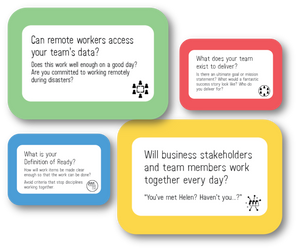Multi-Team Software Delivery Assessment
at home
by Simon Gibbs 29 March 2021
The Multi-Team Software Delivery Assessment was built for speed. The question asked was "how can my consultancy assess the needs of 77 software delivery teams". The model developed by Matthew Skelton was to get teams together in a room and spend a few minutes on each of the success factors. He identified 66 success factors in six categories, and asked individuals for a score out of five recorded in a whiteboard.
Getting together is a lot harder but you can still run this assessment.
Some organisations have implemented elements of the assessment as an online survey, with participants filling it in asynchronously.
The element removed is the possibility of spontaneous conversations about success factors that matter to individual teams. Instead, survey results are processed out-of-context and managers intervene where the data points them. While this is powerful, we consider it an anti-pattern because it undermines the norm that teams should self-organise.
It is possible to enjoy the best of both worlds.

Individual team members need very minimal shared context, so sharing screens on Zoom isn't needed.
- Supply each participant with a printed deck of assessment themes.
- Use your laptop screen space to show your colleagues faces. Make sure you can see enough of them to read the mood and sense when a theme from the assessment needs an extra moment to explore.
- Capture actions as you go.
- You can capture data from a Zoom call very quickly.
- Paste it into a document and check it to see if there is disagreement.
- Depending on the mood and time available take a moment to explore disagreements, or move on.
The model proposes covering all 66 factors in 2 hours. Set the expectation that some factors will be scored without discussion. Remind them of the other forums for discussion and prioritise actions over arguments. Emphasise that the group should take time to discuss anything that warrants it to arrive at a action there and then.
If you want time for more conversation, you can extend the assessment into three sessions of one hour. Respect the reality of Zoom fatigue.
Our facilitation spreadsheet helps make results analysis easy, converting scores into trends and hotspots. It can also be used to prioritise which of the 6 categories your individual teams need to spend more time on.
Providing shared context using printed decks might seem like a luxury. But providing printed material shows this is an important process, and allows individuals the time to reflect on the material as they would reflect on a book. It also means your teams can have focused conversations comparing their own practices to best practices, and generating their own action points. It also means most of the team don't need to use an online tool, which means more time seeing each others faces.
So check out the cards to see if this is the right tool for your teams!
MSDA
